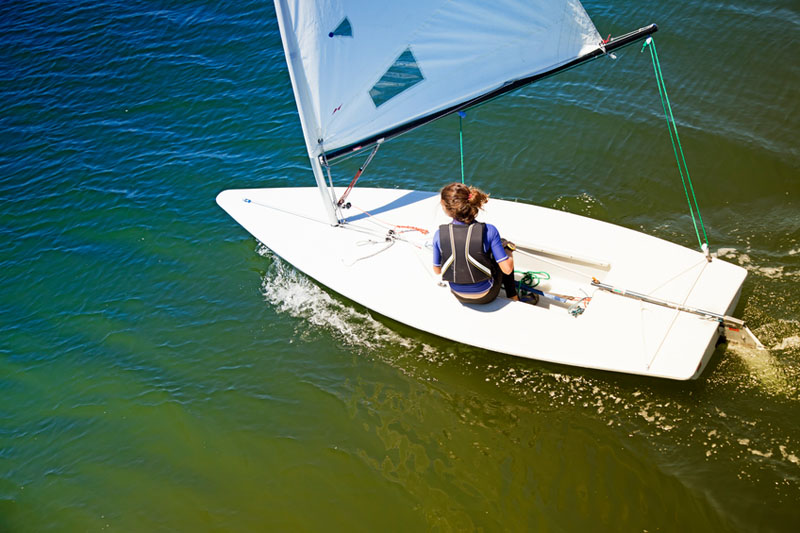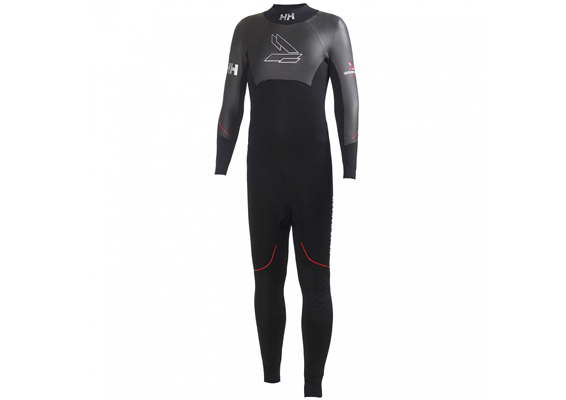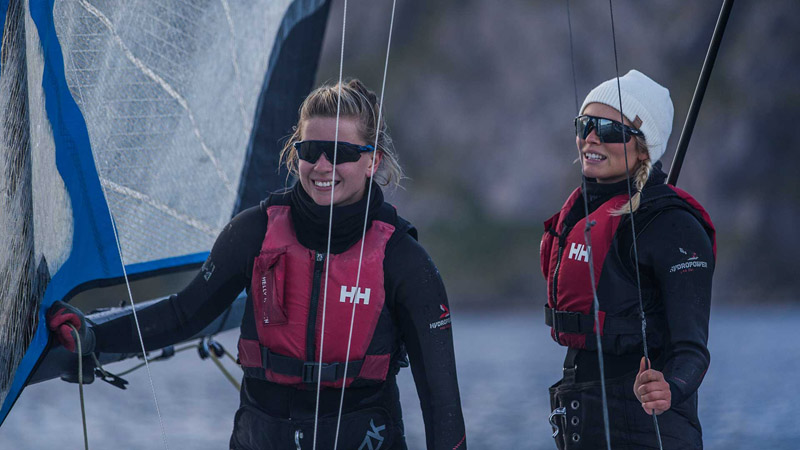
So you are heading out sailing for the day. It’s your first time. What should you wear? The key with wearing the appropriate clothing is checking out the weather on the day and where/how long you are heading out for.
If you are planning on going sailing in a dinghy, you’ll wear very different clothing than say learning to sail a yacht. Mainly because you are far more likely to get wet on a dinghy than a 30-footer.
What Is Sailing? Everything You Need To Know
On a hot sunny day on a calm lake, you’ll be fine wearing ordinary shorts and t-shirt to sail (plus a buoyancy aid and neoprene shoes – see below). If it’s windy, even in the height of summer, you’ll need more than a tee to keep you warm and dry.
It’s important to always bring enough layers to stay warm. It might seem balmy on land, but when those breezes pick up on the sea, you’ll get cold fast.
Here’s a short guide on what to wear when you are learning to sail a dinghy….





